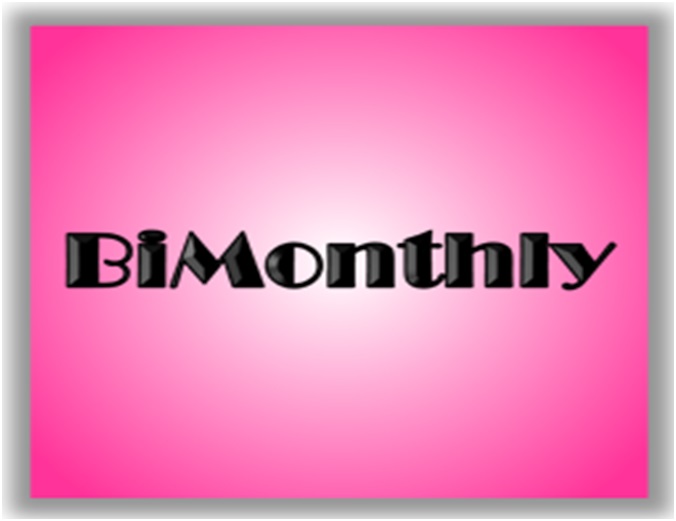 Is data plural? Well, it started out that way. Data is the plural form of the Latin word datum, meaning “something given.” English adopted the word in the mid-1600s and kept the Latin construction, at least until recently. Nowadays, usage guides approve treating data as a collective noun, in the manner of information or money, and using a singular verb.
Is data plural? Well, it started out that way. Data is the plural form of the Latin word datum, meaning “something given.” English adopted the word in the mid-1600s and kept the Latin construction, at least until recently. Nowadays, usage guides approve treating data as a collective noun, in the manner of information or money, and using a singular verb.
How should you use it? That depends on what you’re writing.
In formal and scientific writing, you should use a plural verb with the word data:
The polling data show the voters are still undecided.
The data indicate unemployment is still high.
What do the data say?
In informal contexts, you can use a singular verb:
The polling data shows the voters are still undecided.
The data indicates unemployment is still high.
What does the data say?
According to Merriam-Webster’s Collegiate Dictionary, “Both constructions are standard.” But deciding the level of formality you want to use can be tricky. If you treat data as plural, you risk sounding stuffy, but if you treat it as singular, you risk sounding undereducated.
Just accept that no matter which usage you pick, it’s going to sound wrong to at least a few people. So carefully consider your audience and pick the style that you think will sound correct to most of your readers.
And most importantly, be consistent with the way you use data. Make a conscious decision to treat it as plural or singular, and use it the same way every time.
Still having trouble deciding? You can avoid this dilemma altogether by rewriting the sentence so data isn’t the subject:
According to the polling data, the voters are still undecided.
Unemployment is still high, as indicated by new data.
What conclusions can we draw from the data?
—
On a related note, datum is rarely used anywhere outside of scientific journals. If you want to talk about a single unit of data, use the more familiar term datapoint.

